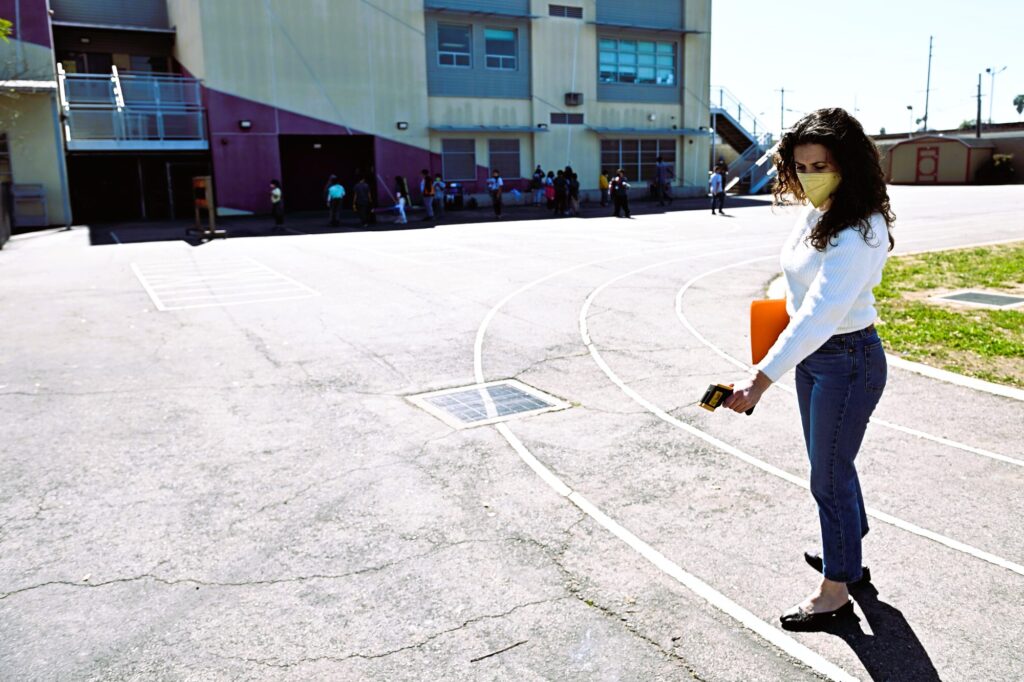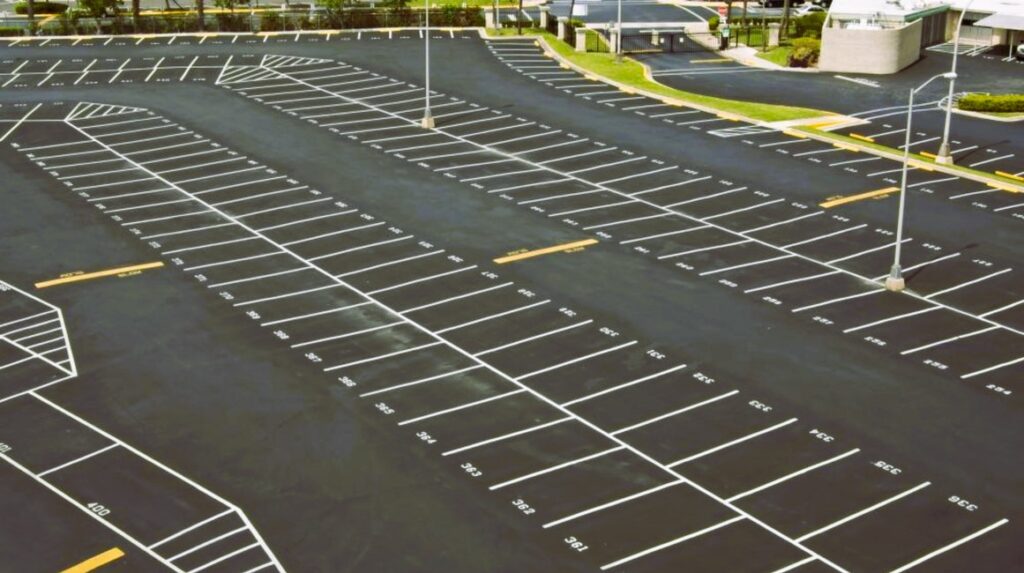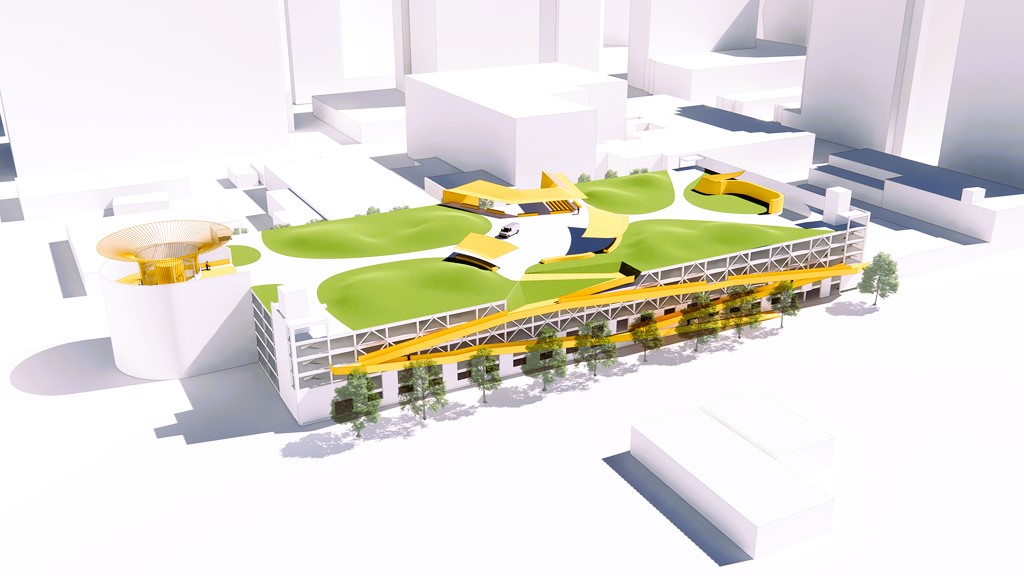Parking lots are a common sight in urban areas, taking up valuable space and contributing to environmental issues such as heat island effect and stormwater runoff. However, in Ontario, a growing trend is emerging: the conversion of parking lots into vibrant and functional community spaces. This article explores the benefits of transforming asphalt lots, the strategies involved, and the standards and guidelines that govern this transformation.
- The Downsides of Asphalt Lots
- a. Heat Island Effect: Asphalt absorbs and retains heat, contributing to the urban heat island effect. This leads to increased energy consumption for cooling and discomfort for pedestrians and nearby residents.
- b. Stormwater Runoff: Impermeable asphalt surfaces prevent rainwater from infiltrating into the ground, resulting in increased stormwater runoff and the potential for flooding and water pollution.
- c. Wasted Space: Parking lots take up significant land area that could be better utilized for community purposes such as parks, gardens, or gathering spaces.

- Benefits of Converting Parking Lots
- a. Green Infrastructure: Converting asphalt lots into green spaces introduces vegetation, trees, and permeable surfaces, providing multiple environmental benefits. Green spaces help mitigate the heat island effect, improve air quality, and promote biodiversity.
- b. Stormwater Management: By incorporating permeable surfaces and rain gardens, converted parking lots can effectively manage stormwater runoff, reducing the strain on drainage systems and improving water quality.
- c. Community Engagement: Transformed parking lots create opportunities for community engagement and social interaction. They offer spaces for recreational activities, events, and gathering, fostering a sense of community and enhancing the livability of neighborhoods.
- d. Aesthetics and Well-being: Green community spaces improve the visual appeal of urban areas, enhancing the well-being and quality of life for residents and visitors.
- Strategies for Transformation
- a. Design and Landscaping: Transforming parking lots requires thoughtful design and landscaping. This includes integrating vegetation, trees, seating areas, and pathways, creating an inviting and functional community space.
- b. Permeable Surfaces: Incorporating permeable pavers, gravel, or grasscrete allows for rainwater infiltration and reduces stormwater runoff.
- c. Rain Gardens and Bioswales: Rain gardens and bioswales can be installed to capture and treat stormwater, adding aesthetic value while improving water quality.
- d. Multi-Functional Spaces: Converting parking lots into multi-functional spaces that accommodate various activities, such as markets, performances, or recreational events, maximizes their community impact. If you liked this article, you can also check out the article on uniting communities.
- Standards and Guidelines

Several standards and guidelines can help guide the transformation of parking lots into community spaces:
- a. Municipal Regulations: Local municipalities often have regulations and guidelines for land use and development. These may include requirements for green space provision and stormwater management.
- b. Sustainable Sites Initiative (SITES): SITES is a comprehensive rating system that promotes sustainable land development and encourages the transformation of asphalt lots into green spaces.
- c. Canada Green Building Council (CaGBC): CaGBC provides resources and certification programs for sustainable building practices, including the conversion of parking lots. Their website offers valuable information on sustainable development practices in Canada.
Conclusion
Converting parking lots into community spaces offers a multitude of benefits, from environmental sustainability to improved community engagement and well-being. By adhering to standards and guidelines and utilizing innovative design strategies, Ontario can unlock the potential of underutilized asphalt lots, creating vibrant and functional spaces that enhance the quality of urban life.
For more information on parking lot transformations and related standards, visit reliable sources such as Wikipedia and Canada.ca.


